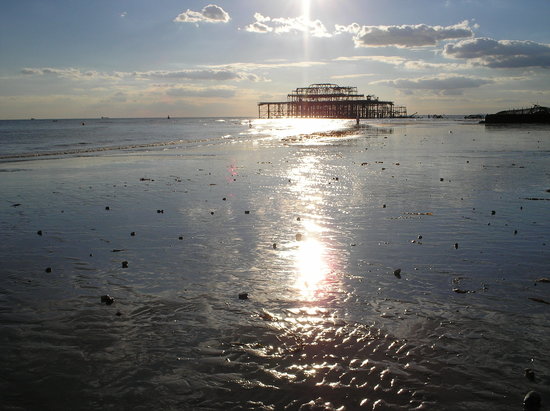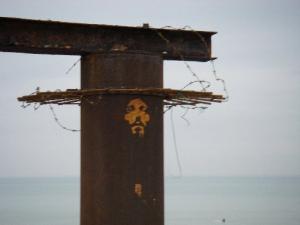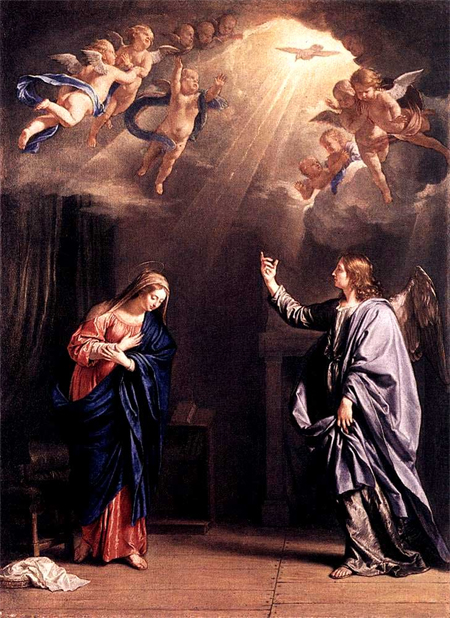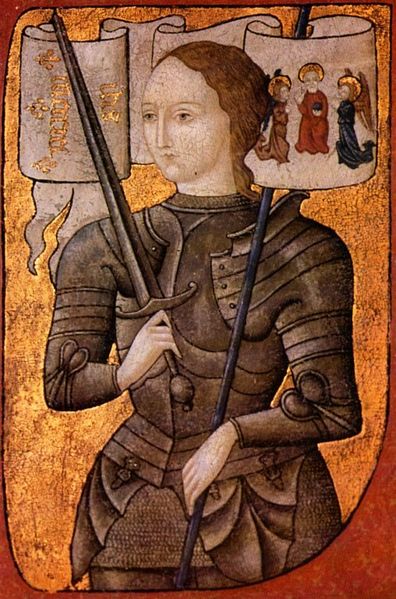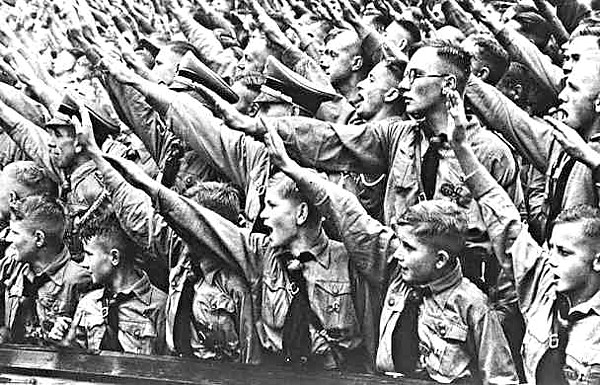In honor of John Wayne's birthday, I gave a long-overdue rewatch to one of my old favorites, John Ford's
The Man Who Shot Liberty Valance, and then watched Sam Peckinpah's
Ride the High Country to boot. Both films were made in 1962, both are elegiac, mournful and nostalgic re-examinations of the Western myth - with one the last masterpiece of an aging master, the other the first great film of an up-and-comer. Little surprise that the two films have so much in common, and both are masterpieces in their own right. Here then is a double-barreled review of these two fine films, each the work of a great director at (or near) the height of their creative talents.
The Man Who Shot Liberty Valance The Man Who Shot Liberty Valance
The Man Who Shot Liberty Valance is one of John Ford's greatest films, up there with
Stagecoach as his magnum opus. Despite its unimpressive, cluttered visual sense, the film rich in story, characters and themes, and is one of the most deep and fascinating of Ford's works, exploring and criticizing the myth of the Old West that Ford himself played no small part in building. Late in the film, Carleton Young's cynical newspaper man proclaims "When the legend becomes fact, print the legend" - a clarion call for the revisionist Westerns of Leone, Peckinpah, Eastwood and numerous others who would soon overtake the genre.
Senator Ransom Stoddard (James Stewart) returns with his wife Hallie (Vera Miles) to his old hometown in Shinbone, to attend the funeral of deceased rancher Tom Doniphon (John Wayne). Stoddard recounts the story of his arrival in Shinbone for Maxwell Scott (Young), the editor of the local newspaper. Stoddard arrives in the town when Shinbone was still a small farming village; along the way his stagecoach is robbed by the vicious outlaw Liberty Valance (Lee Marvin) and his gang of thugs (Strother Martin and Lee Van Cleef), and he is beaten and left for dead, until rescued by Doniphon and nursed back to health by Hallie and her parents (John Qualen and Jeanette Nolan). With the help of Doniphon and hard-drinking newspaper editor Dutton Peabody (Edmond O'Brien), Stoddard hopes to bring law and order into Shinbone, trying to vote for territorial statehood - only to find Valance now working as a hired gun for cattlemen, sent south to terrorize ranchers into voting their way. After Valance is defeated in an election, he embarks on a brutal campaign of vengeance - forcing Stoddard into a fateful showdown with the fearsome outlaw.
Liberty Valance is oft-criticized for its claustrophobic, stage-bound setting; most of the film takes place on sets and interiors, with only a handful of modest outdoor sequences, and the movie has a number of lengthy dialogue scenes more literate and wordy than one would find in the average Western. However, given the film's focus and subject matter, this is hardly a flaw; if anything, it makes the tale more potent. One may miss the pictoral majesty of
Stagecoach,
My Darling Clementine or
The Searchers, but the film's meat is in its story and characters. It's a deliberate throw back to Ford's older films, with the same broad archetypes and humor (and sparse, limited production values) that made films like
Stagecoach and
Drums Along the Mohawk, injecting them with a mixture of nostalgia, cynicism and regret. This is the way it used to be, and while not perfect or easy, one could look towards the future with a sense of hope.
The movie matches many of Ford's thematic preoccupations. Like the Ringo Kid, Doc Holiday in
Clementine, and most pointedly Wayne's own Ethan Edwards in
The Searchers, Doniphon is the archetypical tough guy Westerner, necessary for the conquest of the West but completely irrelevant in a modern society - he has more in common with Valance than Stoddard and even his fellow ranchers. The scene where he bursts in on the territorial convention, disheveled and embittered, shows us more than
The Searchers' revered final shot; when he dies, this history-making man, once beloved and respected by all, dies without anyone noticing. It is better for the legend for the idealistic "dude" Ransom to have slain the evil wild man Valance; however necessary this story, it is fiction, and one that society is more than happy to propagate. Even Hallie, who marries Ranse but is truly in love with Tom, upholds the "legend" - allowing the story of a noble hero saving the town and ensuring progress, rather than a conflict resolved with a cold-blooded murder.
The cast is filled to the brim with stars and veteran character actors. James Stewart is far too old for Ranse, but he instills the proper mixture of optimism, idealism and righteous anger; it's impossible to see anyone else playing the part, age aside. John Wayne is at his iconic best, as both the badass hero and the washed-up, embittered outsider. The real scene stealer is Lee Marvin, whose flamboyant, sadistic Liberty Valance is one of the greatest villains in film history (with a young Lee Van Cleef and a particularly sleazy Strother Martin as his henchmen). Edmund O'Brien, Ken Curtis and John Carradine chew scenery with gleeful, reckless abandon; in other films their hammy performances might be distracting or out-of-place, but they're absolutely perfect in this context. The supporting cast includes the great Woody Strode as Wayne's sidekick Pompey, and Denver Pyle, Andy Devine, Carleton Young and O.Z. Whitehead as various townspeople. If Vera Miles is the same shrill, obnoxious shrew as in
The Searchers, and John Qualen and Jeanette Nolna's Muppet Swedes are annoying as all get out, they're in the minority.
Rating: 10/10 - Must-See
Ride the High Country
Sam Peckinpah's second feature film (after considerable TV work and the Maureen O'Hara star vehicle
The Deadly Companions) is no less accomplished or melancholy than Ford's effort. In many ways, it represents a passing of the mantle from the old school Hollywood director to the new generation. Although the film's mournful nostalgia for "the old days" and reflections on loyalty and friendship would be reflected in Peckinpah's later Westerns, the movie lacks the violent nihilism of
The Wild Bunch and
Pat Garrett and Billy the Kid, and is all the better for it.
Aging lawman Steve Judd (Joel McCrea) is hired by a bank to transport a shipment of gold from the mining town of Coarsegold. Needing some extra help, Judd enlists the help of his old partner, Gill Westrum (Randolph Scott), who has been scratching out a living as a conman with his hotheaded partner Heck Longtree (Ron Starr). Gill plans to convince Steve to make off with the gold shipment, but finds his old partner frustratingly implaccable. Along the way to Coarsegold, they find themselves saddled with Elsa Knudsen (Mariette Hartley), a young girl fleeing her repressive father (R.G. Armstrong) to marry miner Billy Hammond (James Drury). Complications ensue when Elsa discovers that marrying Billy will leave her at the mercy of his animalistic brothers (Warren Oates, L.Q. Jones, John Davis Chandler, John Anderson), who have less-than-savory plans for her. After rescuing Elsa from a decidedly unpleasant fate, Steve discovers Gill and Heck's duplicity, only to find their group tracked by the vengeful Hammonds - leading, of course, to a violent showdown and forcing Gill to face up to his treachery.
Ride the High Country is certainly a fascinating and entertaining film, just as filled with rich characters and elegiac nostalgia as
Valance. Steve and Gill are both old veterans, with endless stories from the old days, endless shootings, beatings and betrayals. Stealing the gold seems like an obvious choice to Gill, the pragmatic, self-interested survivor; but Steve's strong sense of morality, baffling to Gill and Heck, prevents him from breaking his word and the law he has striven to uphold his whole life. Eventually, Steve wins out, his forthright honesty enough to shame Gill into submission. Both men find themselves reluctantly protecting Elsa, who flees her repressive, Bible-thumping Father only to find herself in an even worse situation with the rapacious redneck Hammonds - their sense of chivalry overwhelming their sense of survival. The film's mournful ending, with the mortally-wounded Judd slowly dying with the Sierras in the background, is among the most moving and tragic finales in film history - a fitting ending to one of the most endearingly honest and straightforward characters in Western history.
In only his second film, Peckinpah shows a wonderful sense of the cinematic. Working with an economical budget, he creates a truly beautiful film, with Lucien Ballard's brilliant cinematography capturing the beauty of the Sierra Nevada Mountains - the film has the appropriate "late-afternoon" quality, perfectly matching the mournful nature of the film's story, much more gentle than the angry and cynical feel of Peckinpah's later films. Peckinpah's trademark attention to detail and accuracy, as well as his own personal experiences in the West, is perfectly shown in the mining camp and the developing town. The final showdown, where Steve and Gill take on the surviving Hammonds in a face-to-face standoff, is fiercely edited, showing traces of the Peckinpah who would become infamous for his graphically violent montage. The movie is briskly paced at 94 minutes, with not a second wasted. George Bassman provides a wonderfully mournful and tragic main theme, although much of his incidental music is bombastic and overbearing.
Joel McCrea and Randolph Scott, long-time Western stars, are both picture-perfect in their respective roles. The fresh-faced Mariette Hartley is wonderful as Elsa, one of the best female characters in a Peckinpah film. The foundations of Peckinpah's stock cast are in evidence, with R.G. Armstrong playing the first variation of the Bible-thumping psychopath he would perfect in
Major Dundee and
Pat Garrett and Billy the Kid, and Warren Oates, L.Q. Jones and John Davis Chandler as three of the Hammond Brothers. Also noteworthy are Edgar Buchanan in an amusing bit as the drunken Judge and James Drury as the deceptively charming Billy. Ron Starr's stiff performance as Heck is the only histrionic flaw in the film.
Rating: 9/10 - Highest Recommendation



